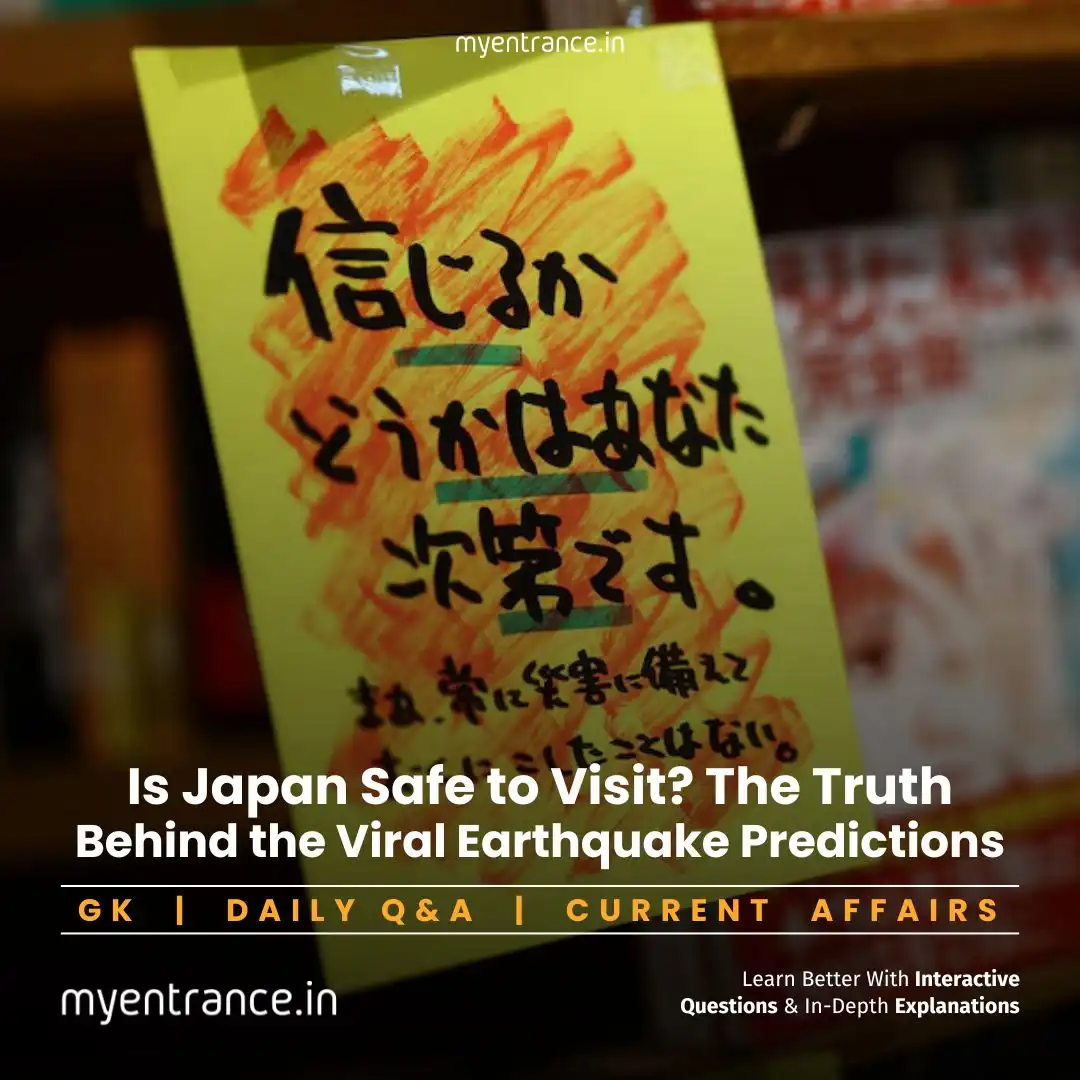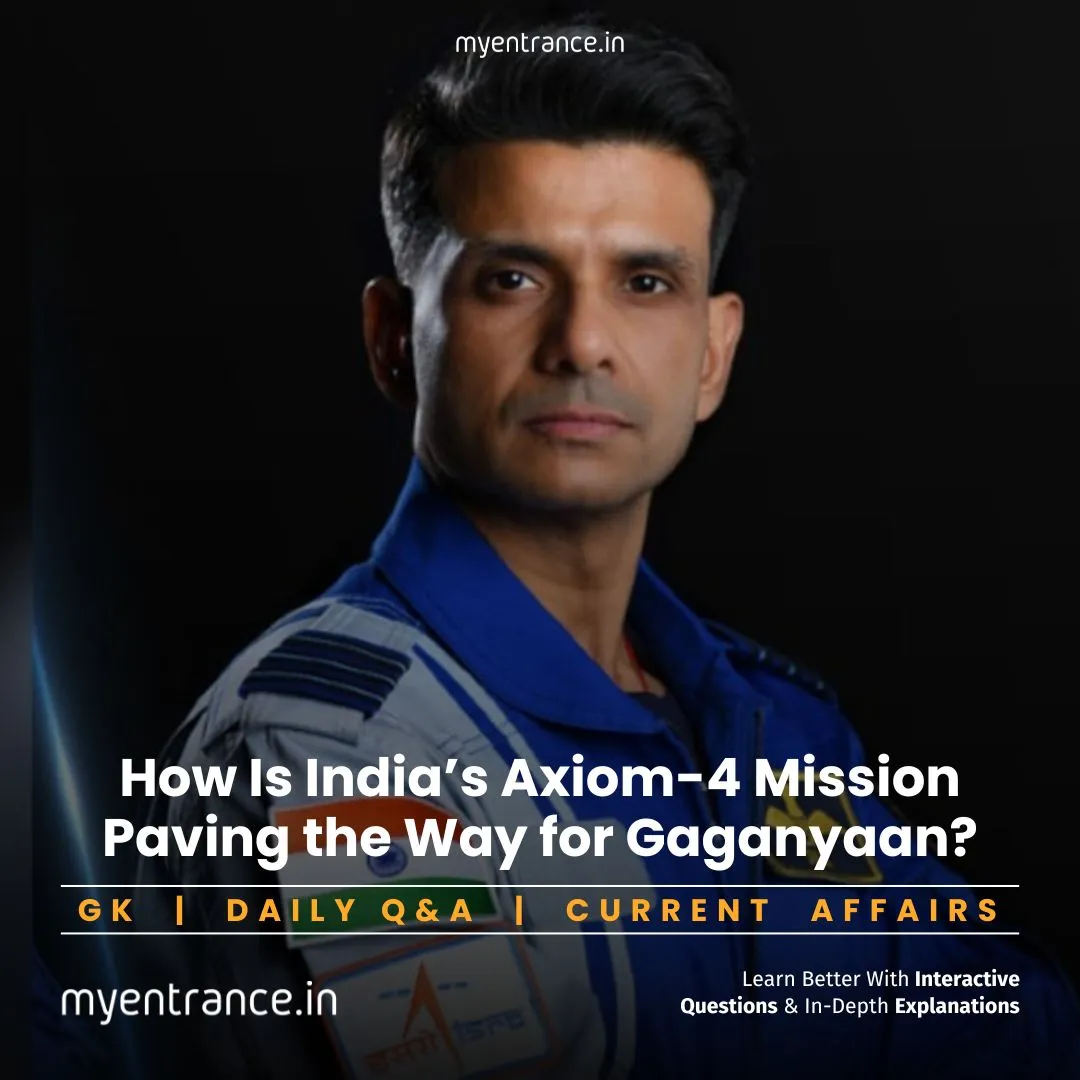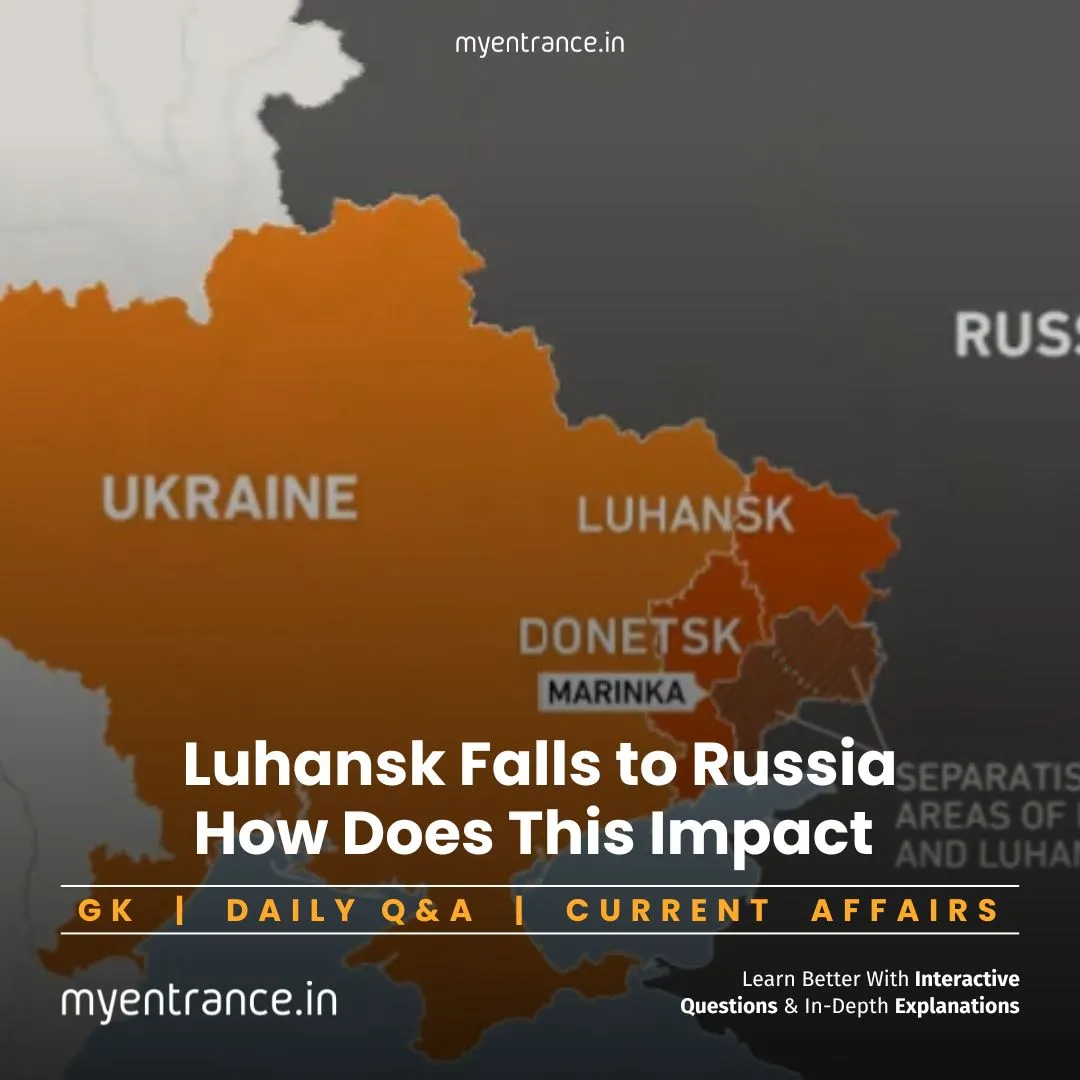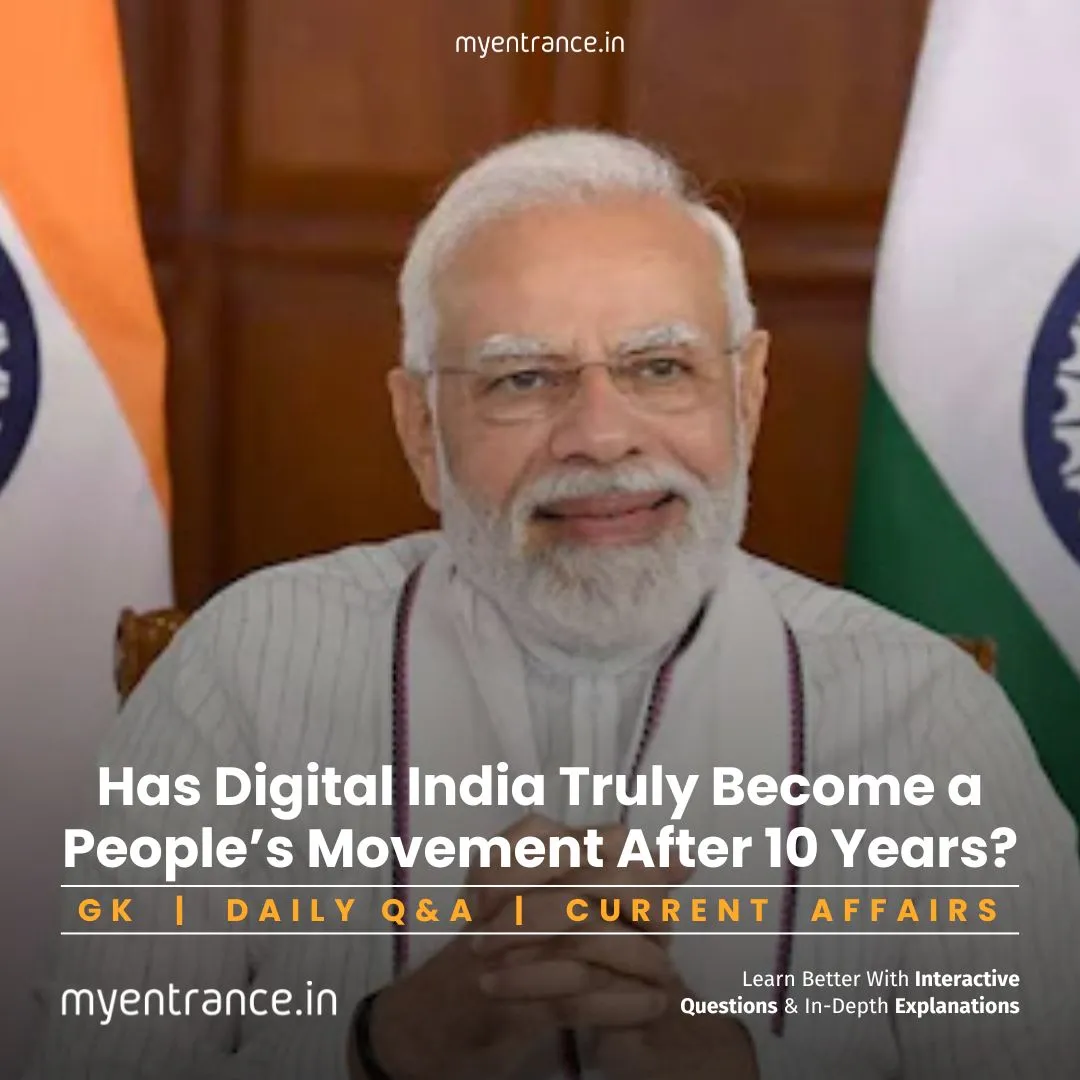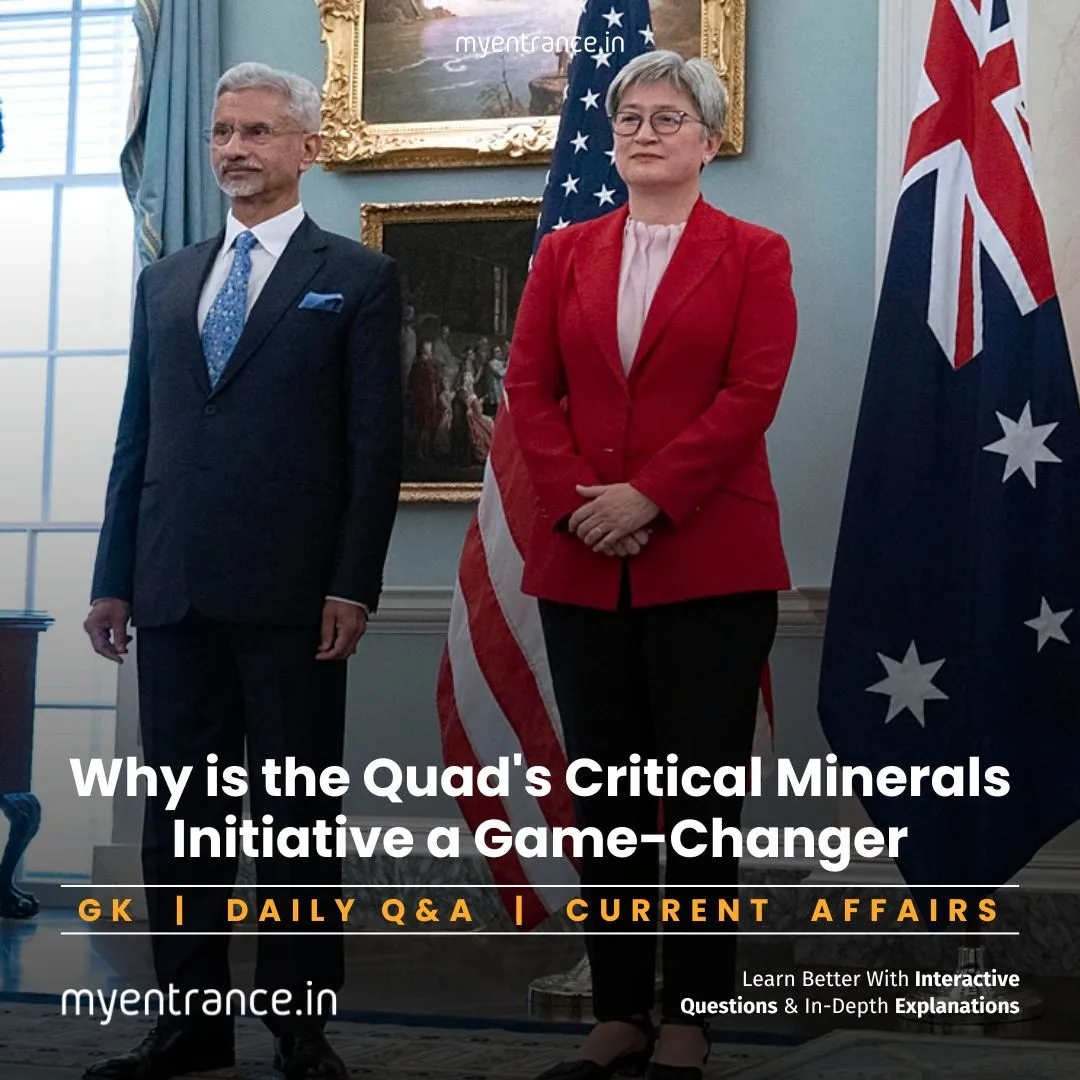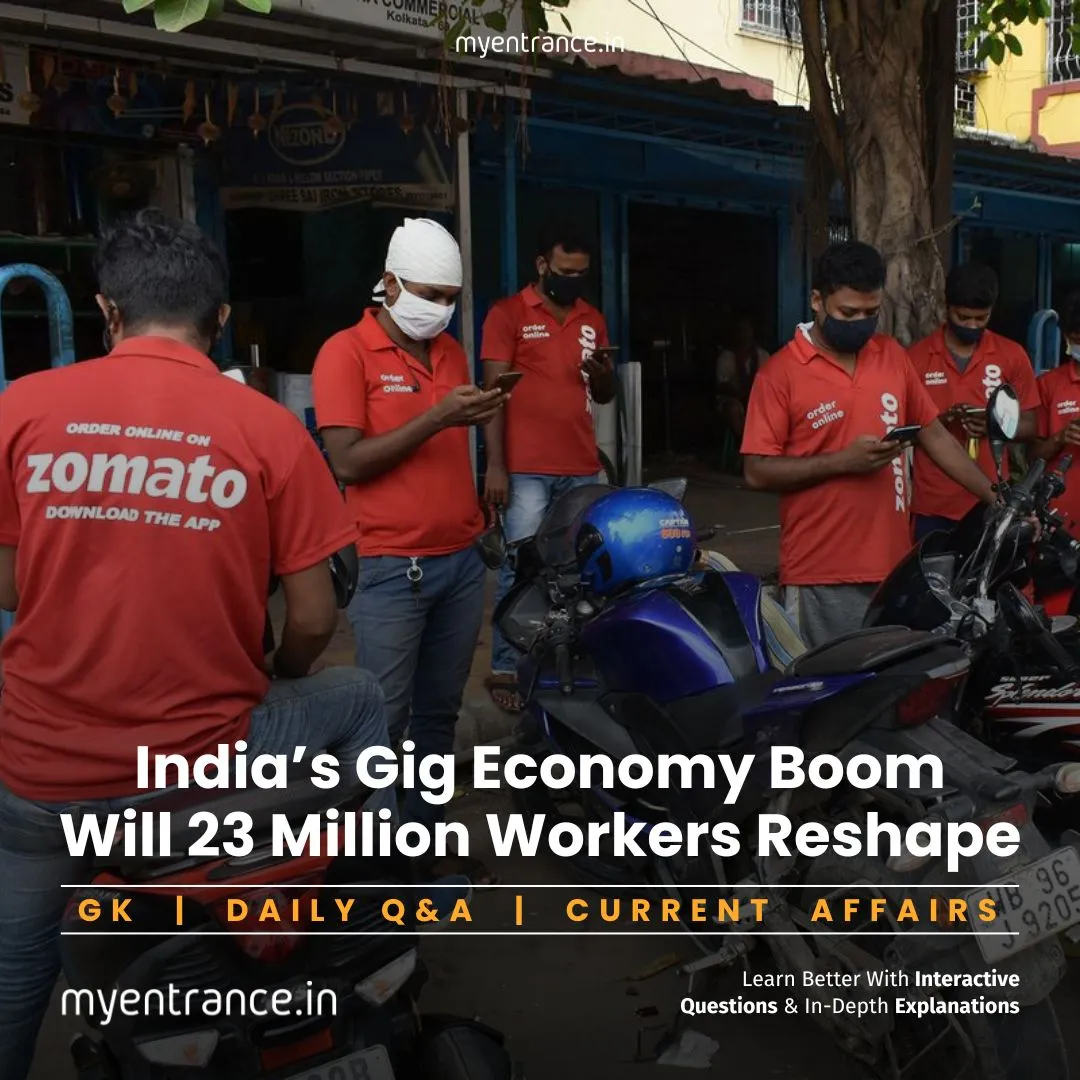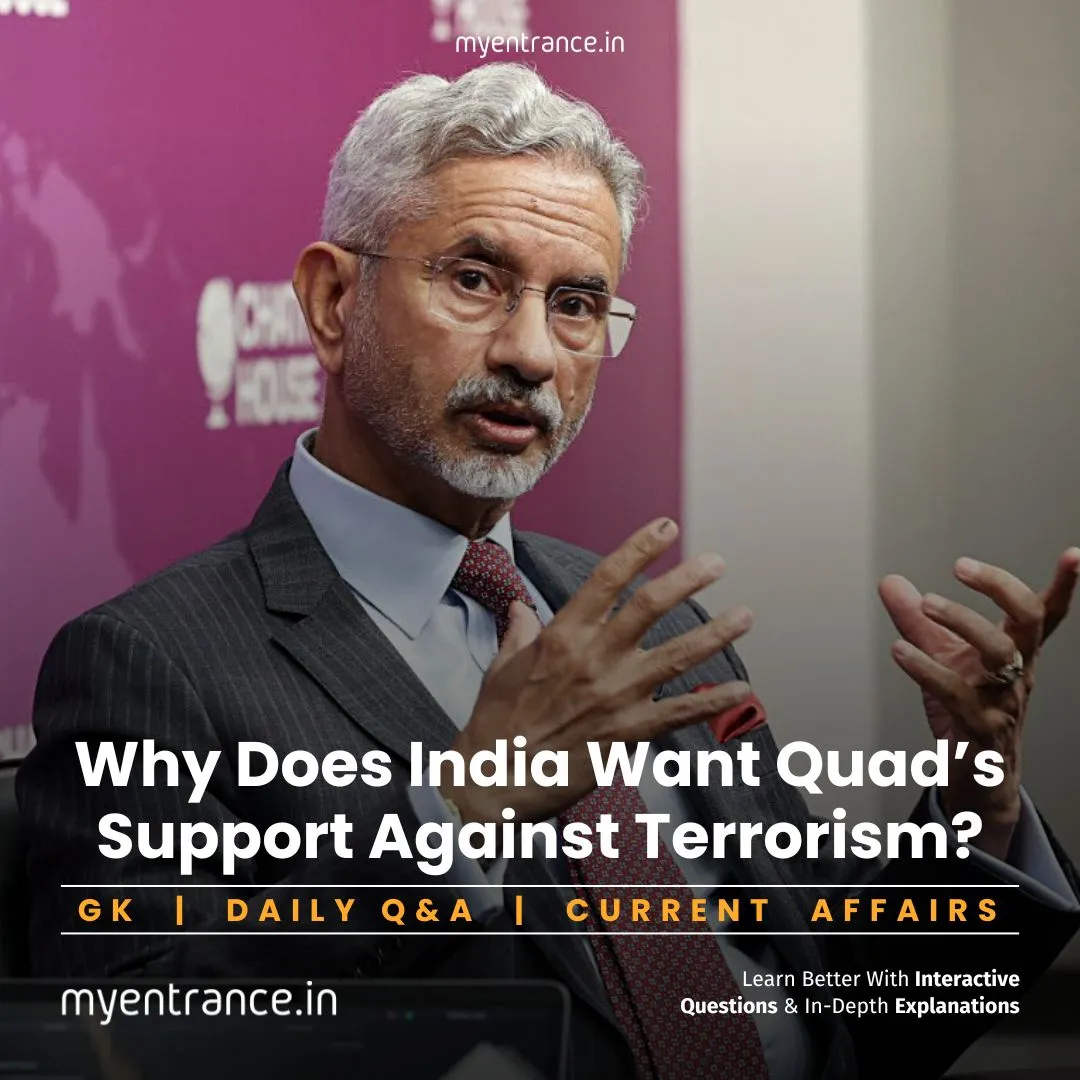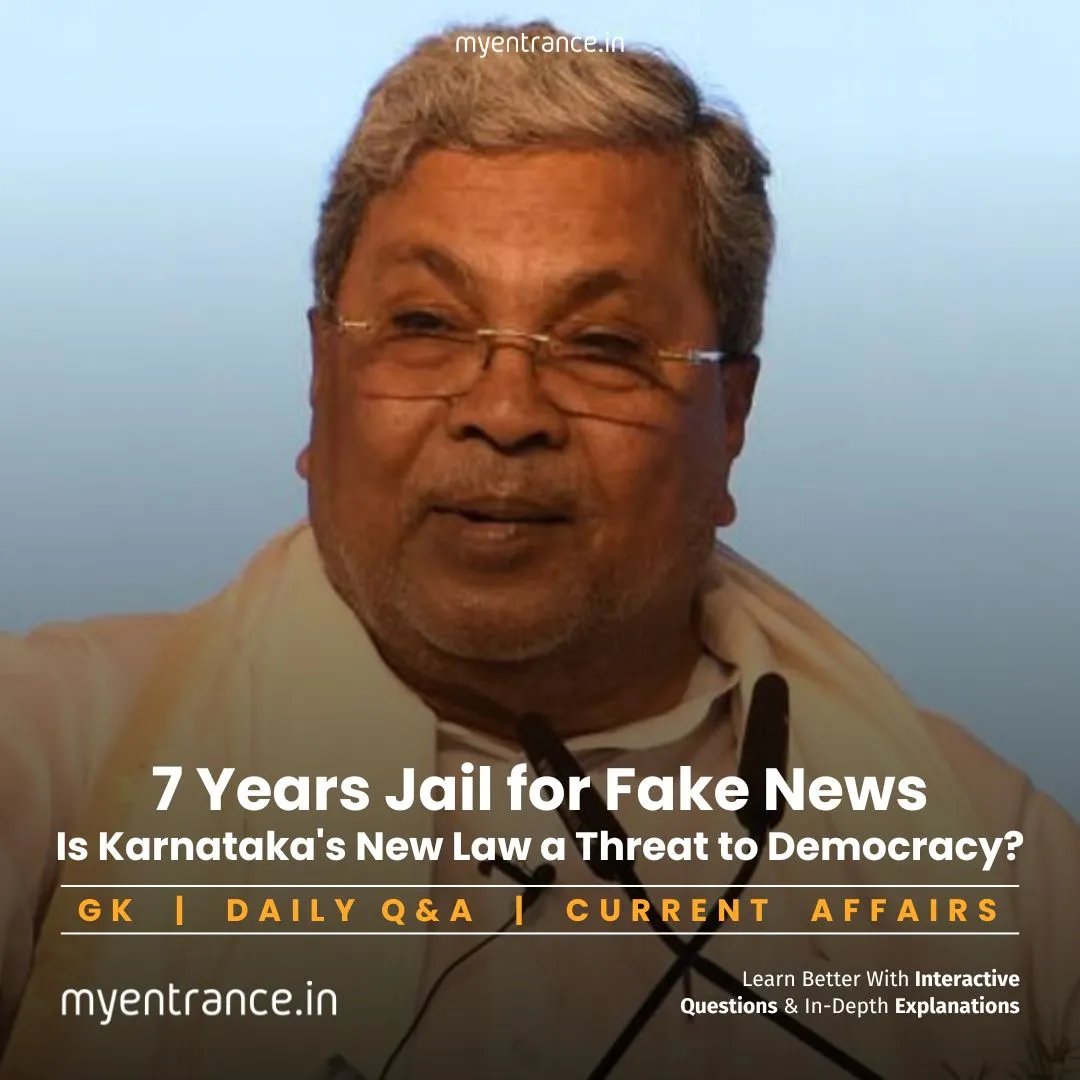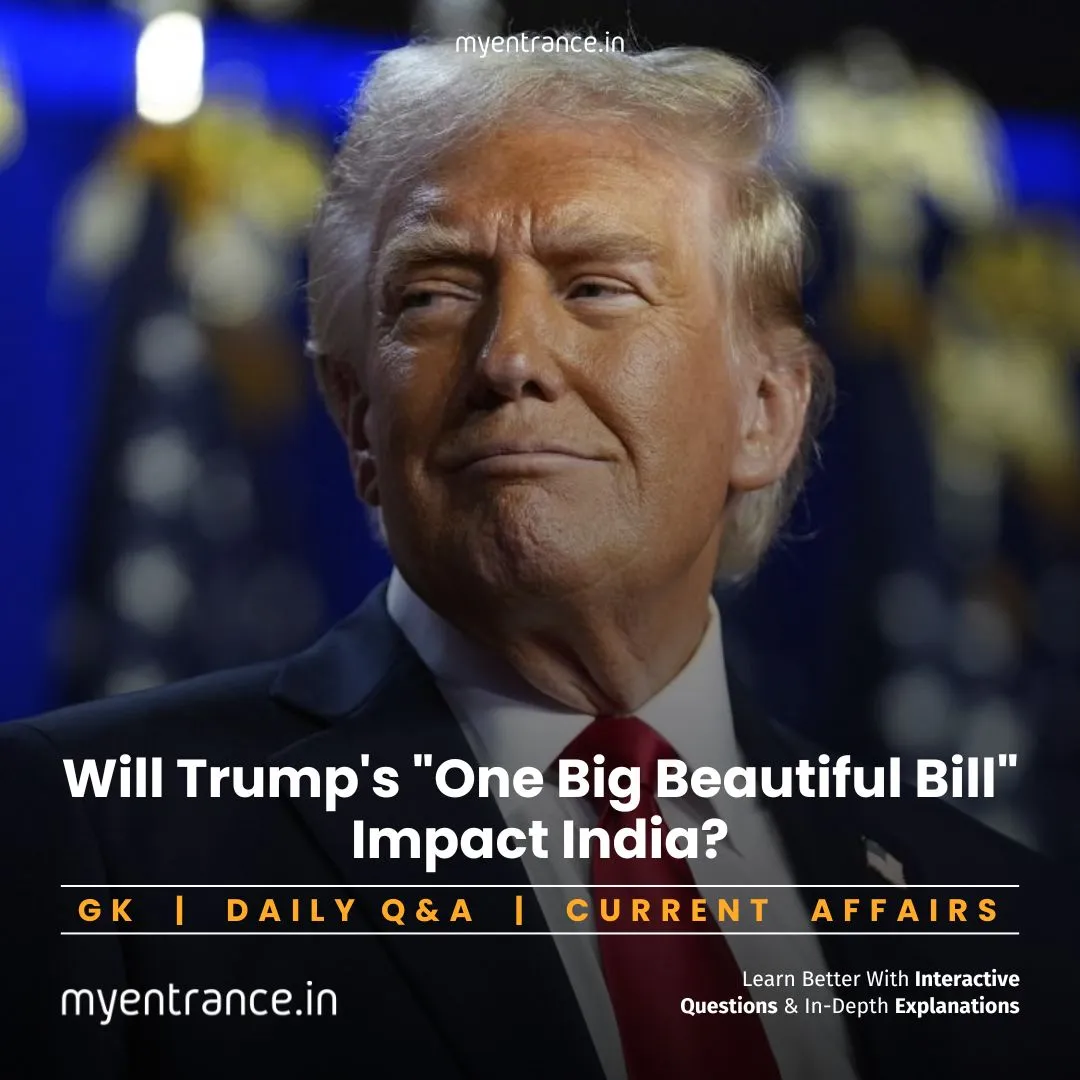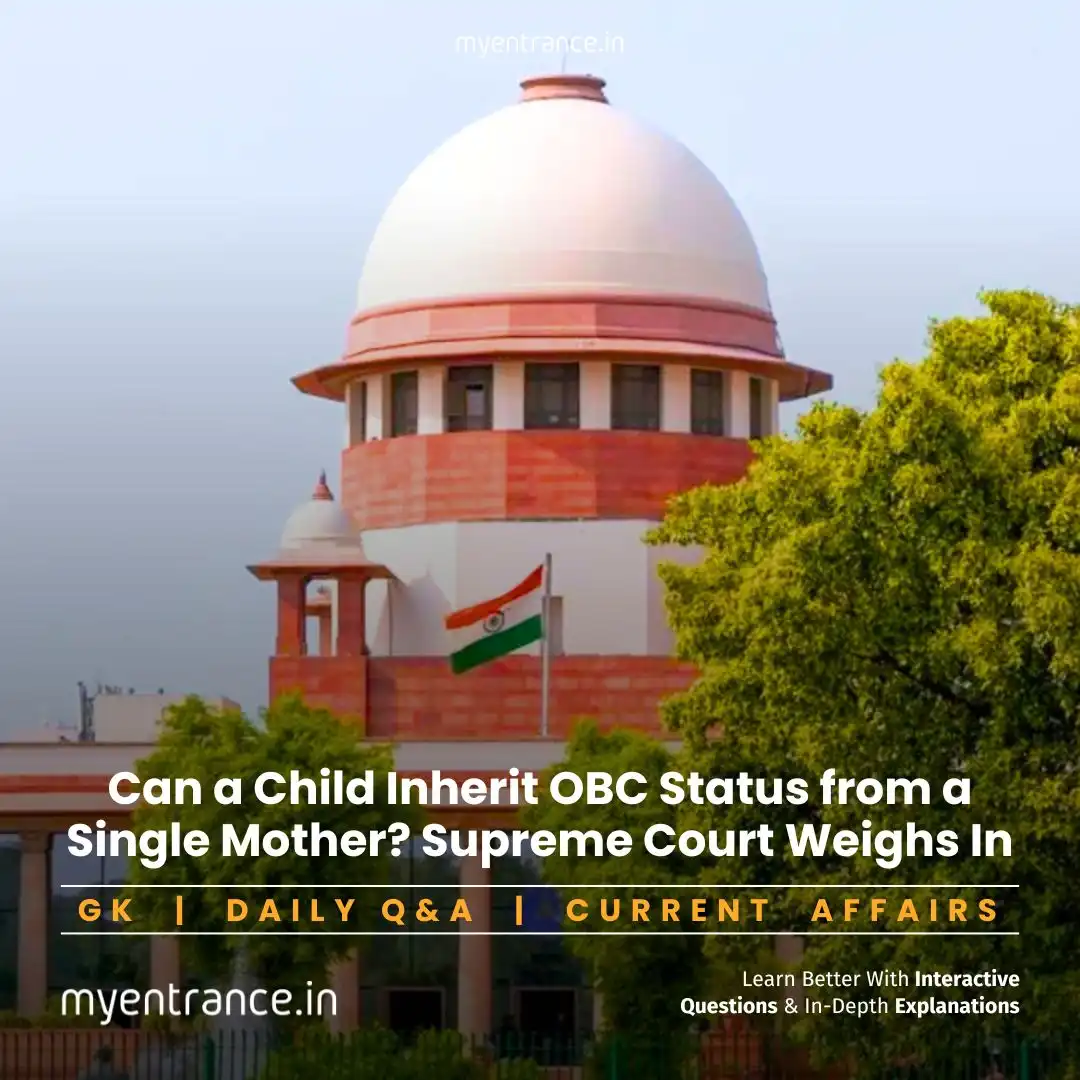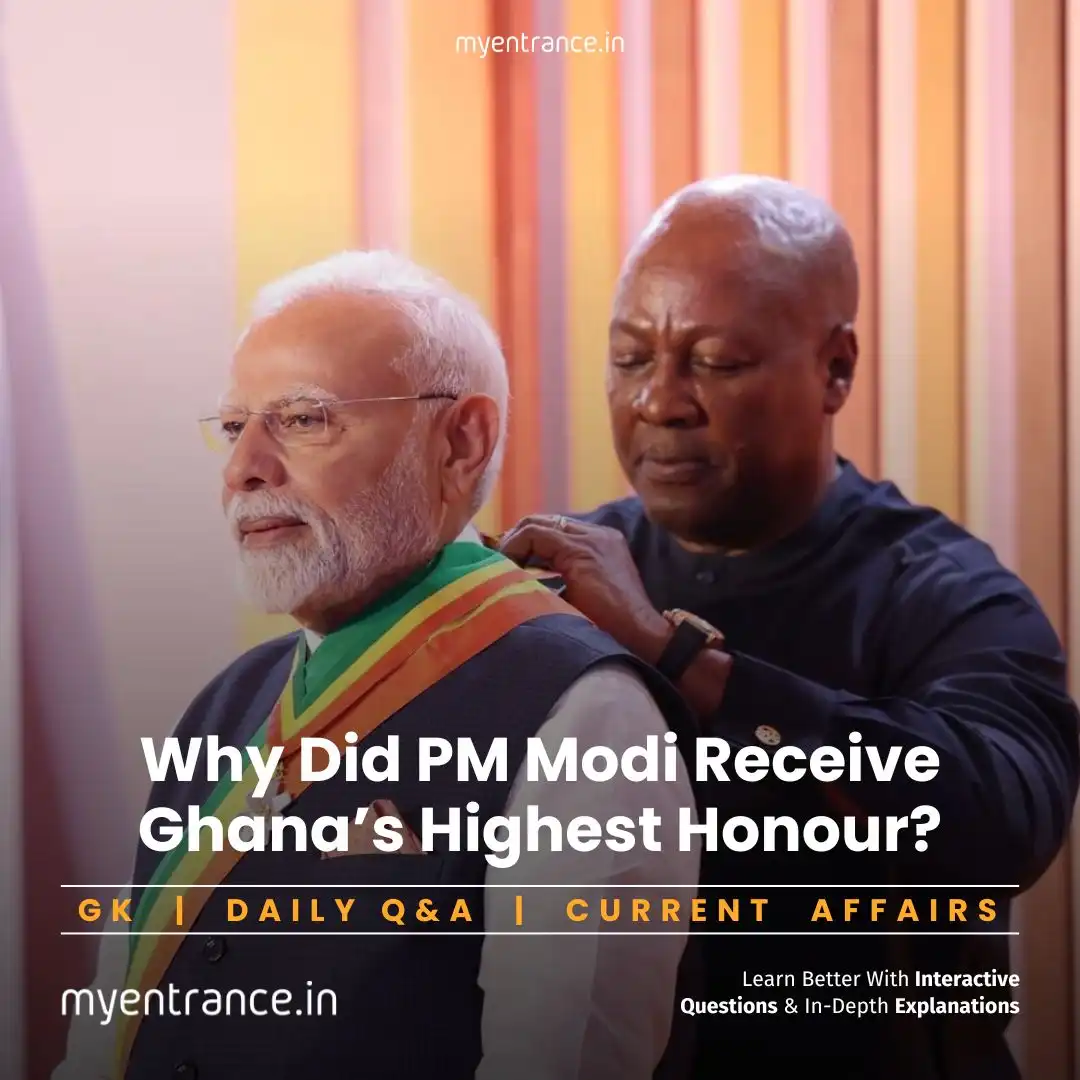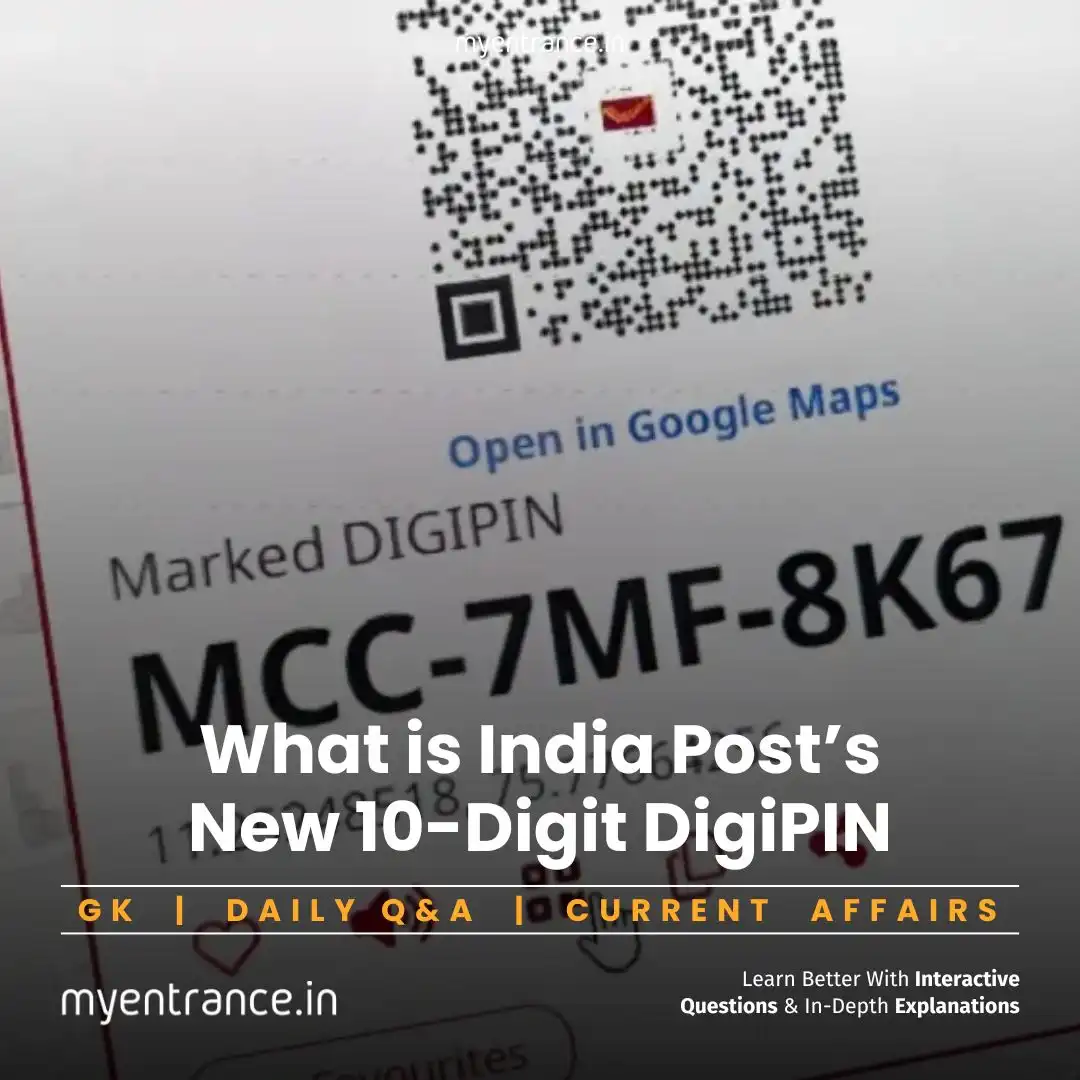Select Language
Why Did India Rejoin the Unicode Consortium? What It Means for Digital Language Representation
India’s Ministry of Electronics and Information Technology (MeitY) has rejoined the Unicode Consortium as a Supporting Member, giving the country a say in global text and emoji standards. This move ensures better digital representation for Indian languages—key for students preparing for competitive and design entrance exams.
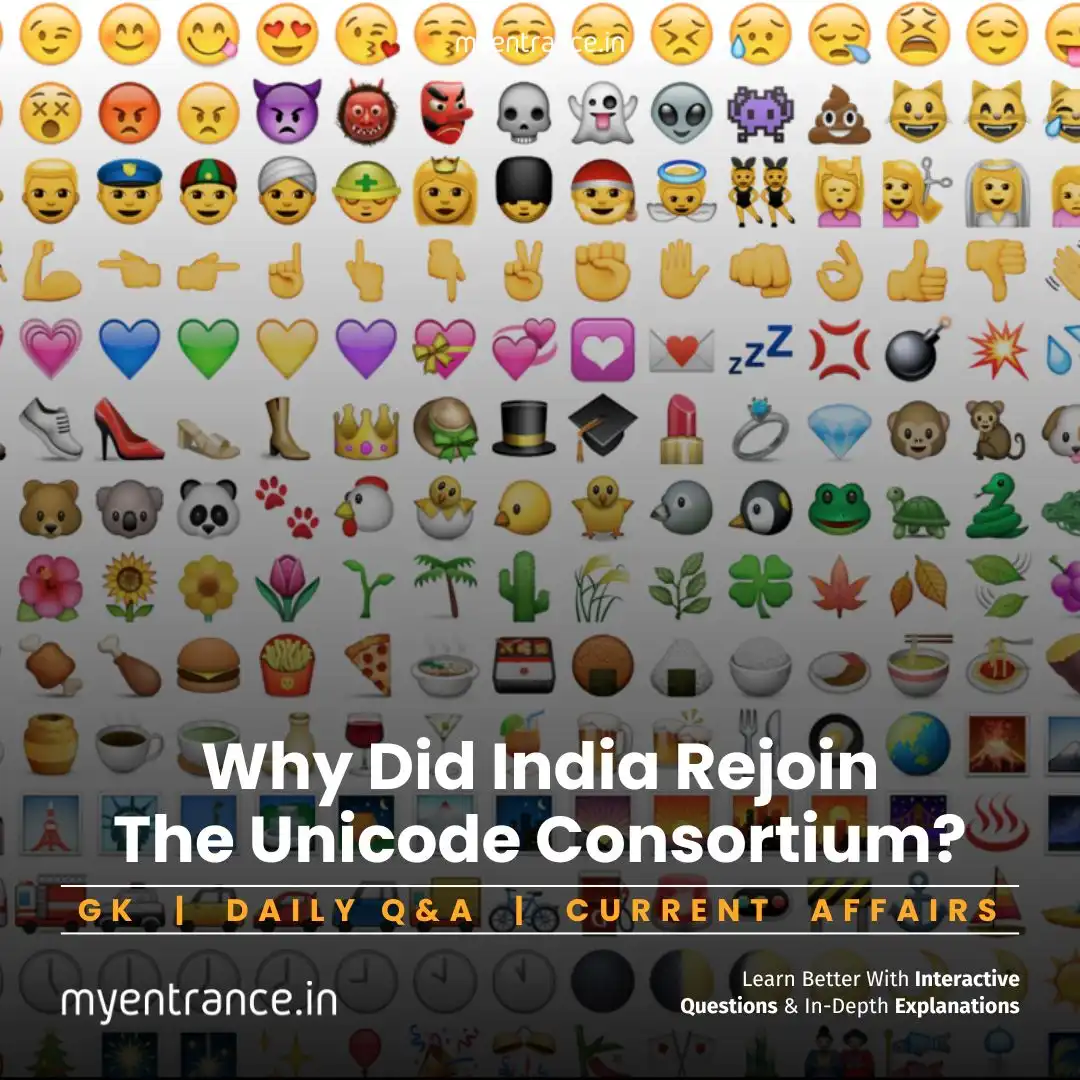
What is the Unicode Consortium?
The Unicode Consortium is a non-profit organization that standardizes text encoding for nearly all global writing systems. Its mission is to ensure seamless digital communication by maintaining a universal character set, including Indian scripts like Devanagari, Tamil, and Bengali.
India’s Role in Unicode: A Quick Background
India first joined the Unicode Consortium in 2000 under the Technology Development for Indian Languages (TDIL) program.
The goal was to digitally preserve and promote Indian languages in global computing standards.
However, past members like the Tamil Virtual Academy were inactive, raising concerns about India’s engagement.
Why Did MeitY Rejoin? Key Benefits
Voting Power: India now has a half-vote in technical decisions, influencing how Indian scripts appear online.
Better Exam Readiness: Standardized text encoding ensures error-free digital content for online mock tests (like those on MyEntrance.in).
Emoji & Script Inclusion: India can push for more Indian-language emojis and script updates, crucial for design exams (NID/NIFT).
Why This Matters for Competitive & Design Exams
SSC/PSC Exams: Many government exams now include vernacular language papers—proper digital encoding prevents display errors.
NID/NIFT/FDDI: Design aspirants need Unicode-compatible fonts for portfolios and computer-based tests.
Future-Proofing: As exams shift online, standardized text ensures fair and accessible question papers for all languages.
Sample Questions & Answers (Exam Relevance)
Q1. What is the primary role of the Unicode Consortium?
A: It standardizes text encoding for global writing systems to ensure consistent digital representation.
Q2. When did India first join the Unicode Consortium?
A: In 2000, under the TDIL program.
Q3. How much does India’s Unicode membership cost annually?
A: $20,000 (≈₹17 lakhs), granting a half-vote in technical decisions.
Q4. Why is Unicode important for design entrance exams like NIFT/NID?
A: It ensures font compatibility for digital submissions and computer-based tests.
Q5. Which Indian organization was previously inactive in the Unicode Consortium?
A: The Tamil Virtual Academy, which stopped active participation after 2016.
Get 3 Months Free Access for SSC, PSC, NIFT & NID
Boost your exam prep!
Use offer code WELCOME28 to get 3 months free subscription. Start preparing today!
